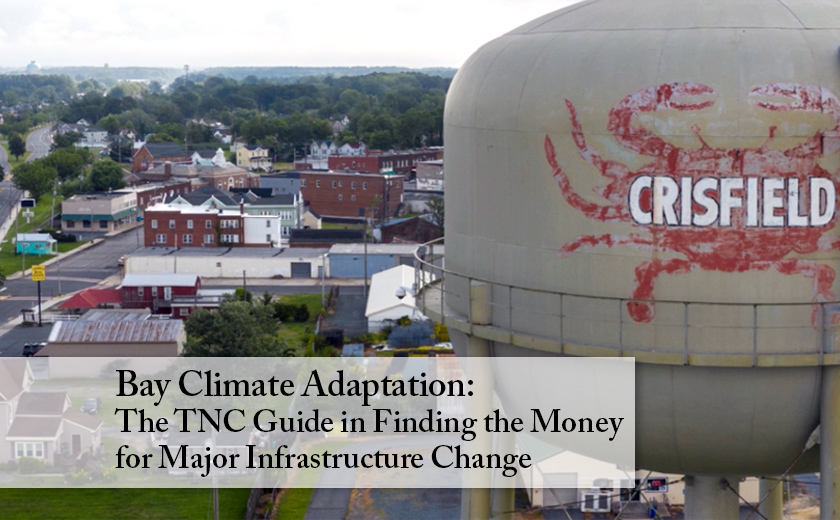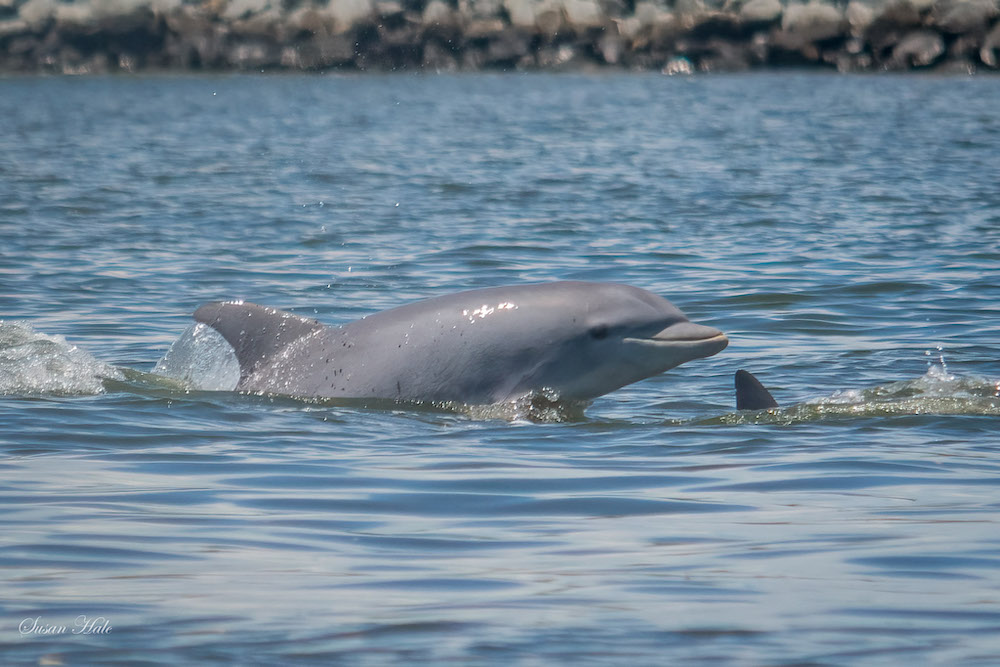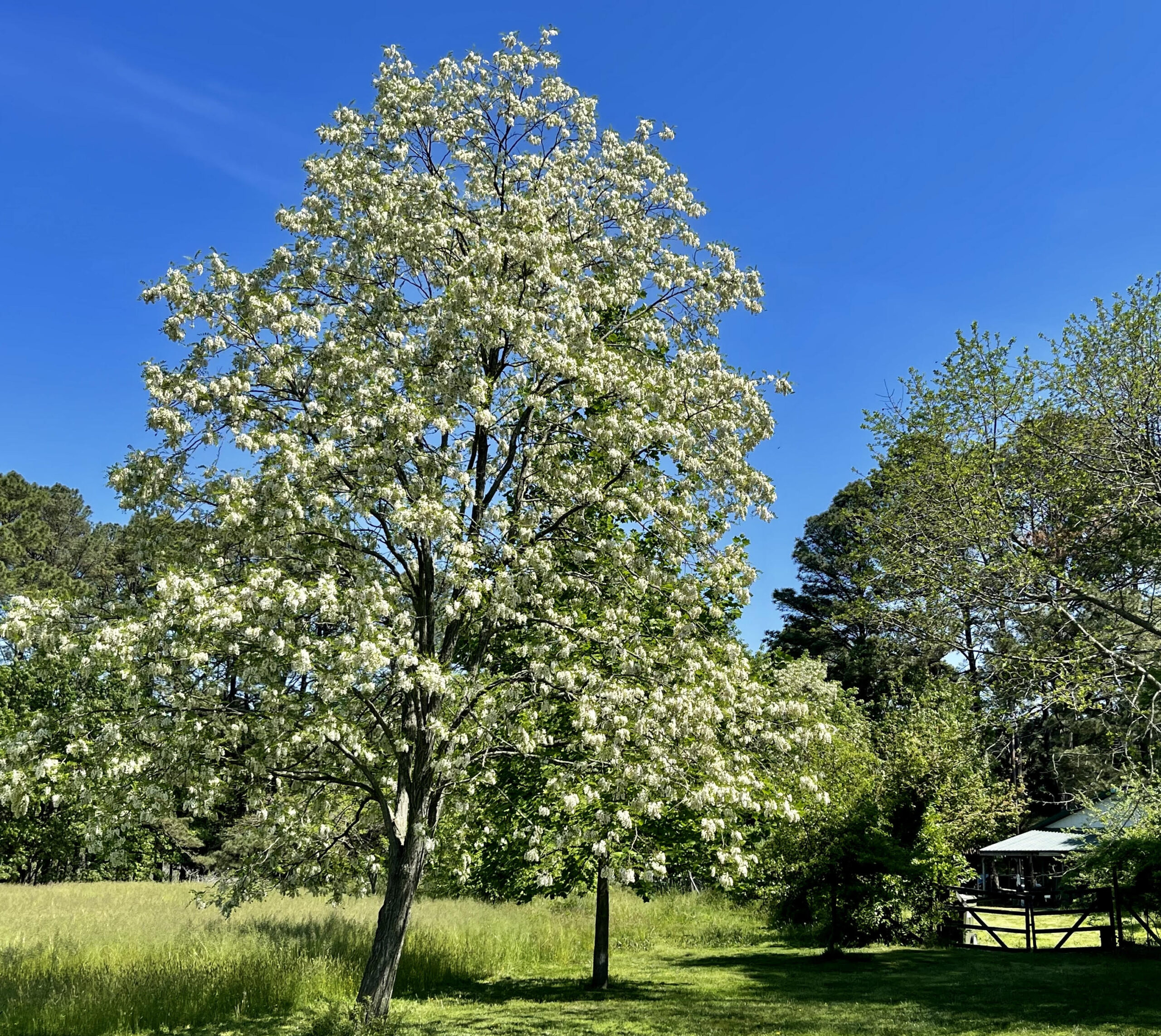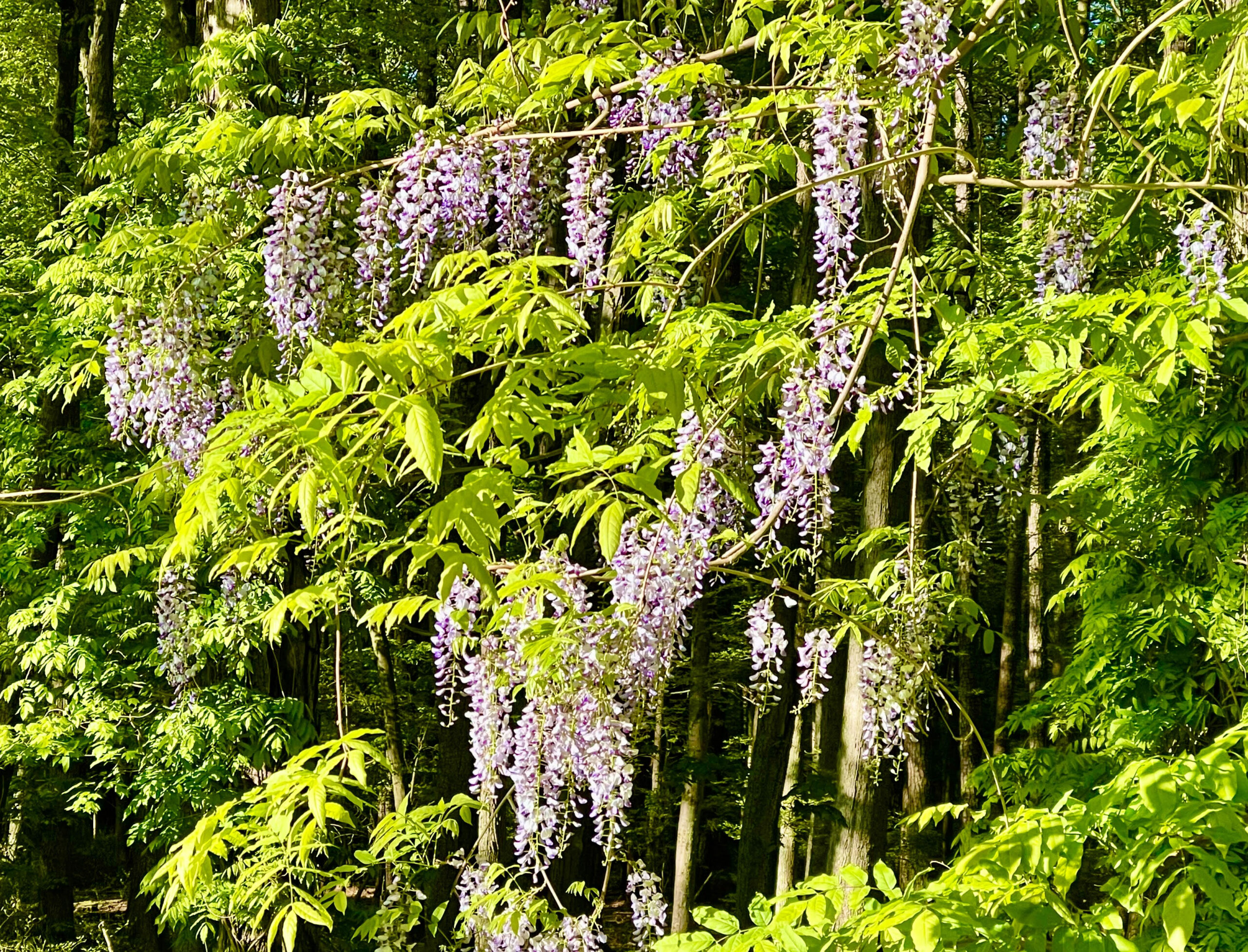A few months ago, The Nature Conservancy released a report that could solve one of the major obstacles facing climate adaptation: finding the money to do things.
Many towns, particularly on the Eastern Shore, are facing an increasingly long list of infrastructure projects, but funding those expensive undertakings has become harder. That’s where TNC’s report, SEAFARE, could make a huge difference to those municipalities.
Through workshops with various stakeholders, including local residents, environmental justice leaders, and government officials, the report identifies barriers like complicated funding processes. It provides a toolkit to help decision-makers improve access to those dollars.
The Spy’s Dave Wheelan spoke to Human Sharif, TNC’s climate adaptation manager, to understand more.
This video is approximately five minutes in length. For more information about this report please go here.











